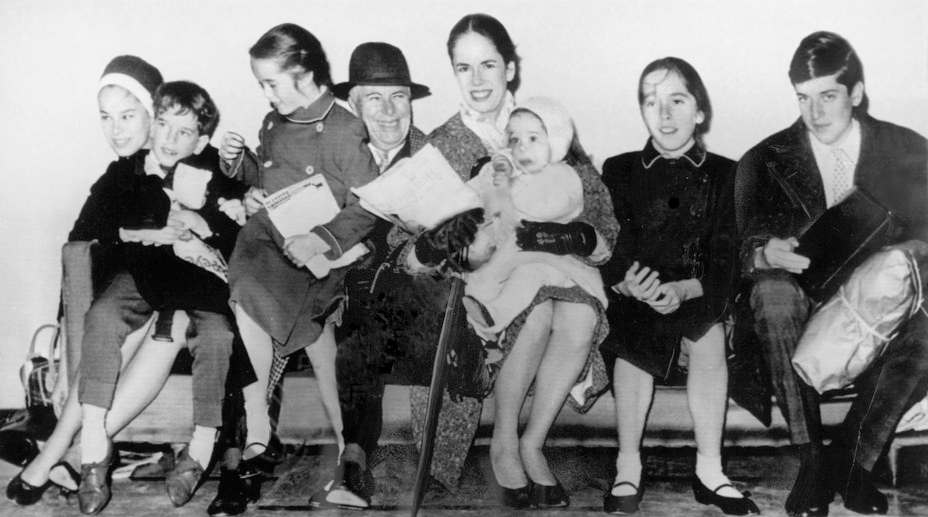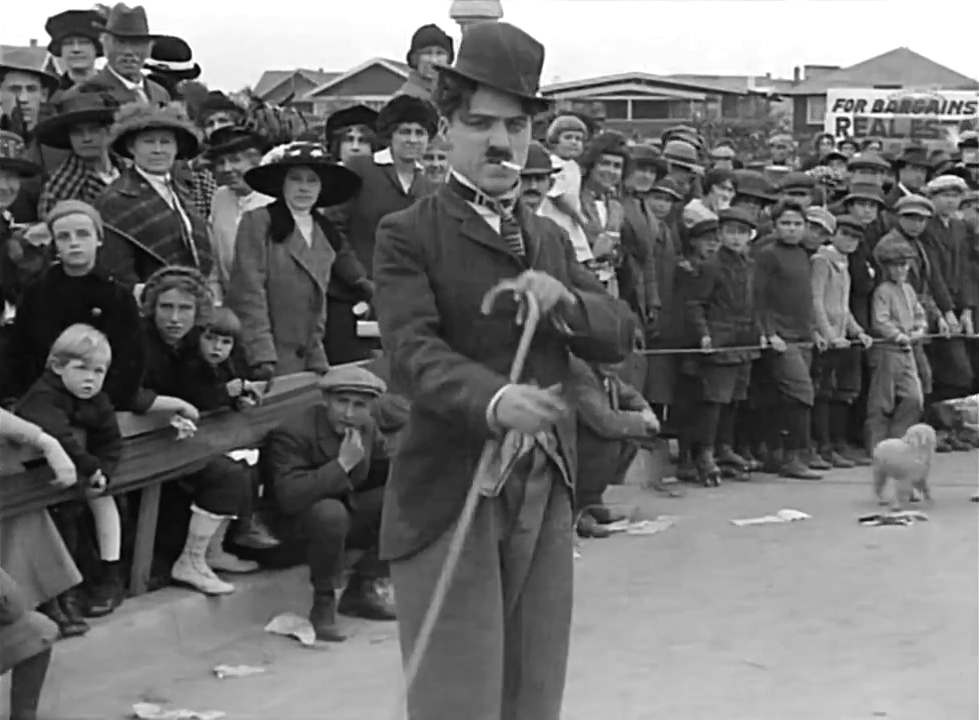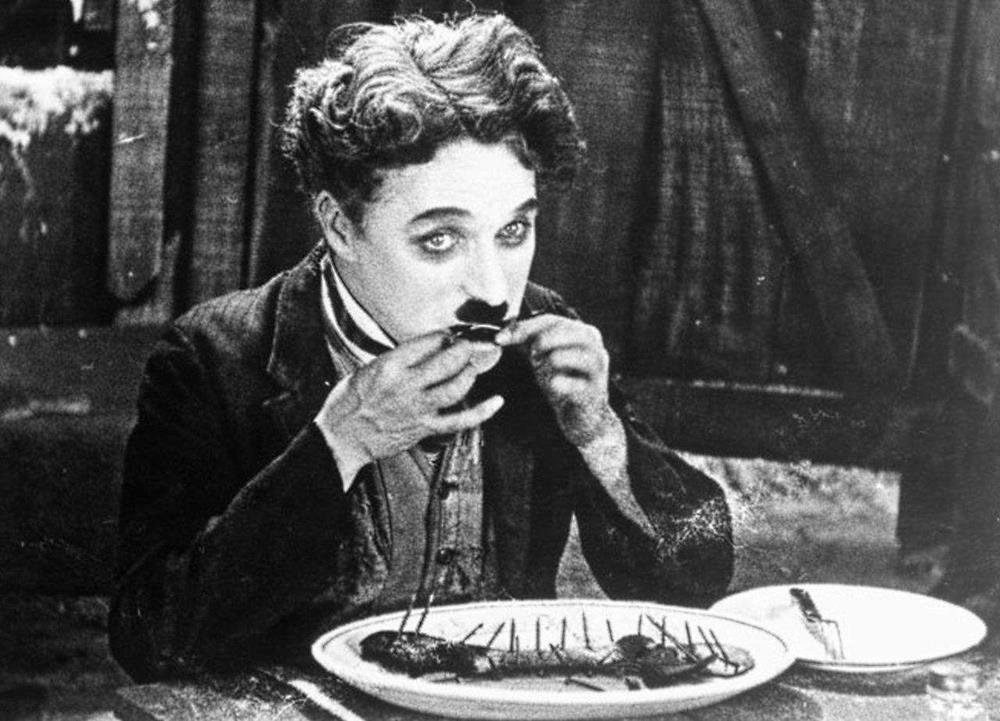Charlie Chaplin is one of the most famous figures in the history of movies. He was best known for his character “The Tramp,” who was funny and sad at the same time. Chaplin wasn’t just a comic genius; he was also a skilled filmmaker who played a huge role in the early days of Hollywood. Despite his success, Chaplin’s life was full of controversies that affected both his career and his personal reputation.
In this article, we will explore the various scandals and issues that surrounded Chaplin, from his complicated personal relationships and political opinions to his eventual trouble with the American government that led to him leaving the United States. Through it all, Chaplin’s influence on cinema and culture remained strong, making his story a compelling chapter in the history of entertainment.
Personal Life Controversies
Charlie Chaplin’s personal life was as eventful and scrutinized as his public career, marked by several relationships and marriages that often led to public and legal controversies.
Marriages and Relationships
Chaplin was married four times, and each of his marriages stirred public interest and criticism due to the significant age differences between him and his wives. His first marriage was to Mildred Harris in 1918 when he was 29, and she was just 16. This marriage ended in a public and messy divorce two years later. His subsequent marriages—to Lita Grey, Paulette Goddard, and Oona O’Neill—similarly captured headlines. Especially controversial was his marriage to O’Neill, as he was 54 and she was only 18 at the time.
Legal Battles
Chaplin’s marriages often ended in highly publicized legal battles that did not shy away from scandalous accusations and demanded huge financial settlements. For instance, his divorce from Lita Grey was sensationalized in the press due to the revealing and embarrassing court documents that portrayed Chaplin in a negative light. The divorce papers from Grey included accusations of infidelity, abuse, and Chaplin’s unusual sexual demands, which were scandalous for the conservative societal norms of the time.
Scandals
Aside from his marriages, Chaplin was involved in other personal scandals, including a highly publicized paternity suit. In the 1940s, actress Joan Barry claimed that Chaplin was the father of her child. Although tests proved Chaplin was not the father, the case was tried under the laws at the time, which stated if a woman’s claims were believed to be truthful, the accused could be declared the father regardless of scientific evidence. Chaplin was ordered to pay child support despite the DNA evidence, further fueling his controversial image.
The continual public scrutiny and scandal surrounding Chaplin’s personal life inevitably affected his public image and career, intertwining his artistic contributions with his private controversies.
Political Views and Public Backlash
Charlie Chaplin’s political views, particularly his advocacy for social and economic justice, often led to significant public and political backlash, especially during the tense era of the Cold War in the United States.
Advocacy for Social Justice
Chaplin’s films often contained strong social and political messages, criticizing industrialization and expressing sympathy towards the working poor. His political views leaned towards socialism, which was evident in movies like “Modern Times” and “The Great Dictator.” “Modern Times” portrays the struggles of the working class and the dehumanizing effects of industrialization, while “The Great Dictator” directly satirizes fascism and Adolf Hitler, advocating for peace and humanity over tyranny.
Reaction to “The Great Dictator”
“The Great Dictator” was one of Chaplin’s most overtly political films, released in 1940 when the United States was still maintaining a policy of neutrality in World War II. The film received mixed reactions; while it was a critical and commercial success, it also drew significant controversy for its political content. Some American isolationists and Nazi sympathizers criticized Chaplin for the film, claiming it was anti-German and accusing him of using his influence to draw America into the war.
Accusations of Communism
During the 1940s and 1950s, as the fear of communism grew in the United States, Chaplin’s political beliefs and activities drew intense scrutiny. Despite his denials of being a communist, his advocacy for progressive social policies and his associations with suspected communists led to investigations by the FBI and the House Un-American Activities Committee (HUAC). In the climate of McCarthyism, his refusal to align with conventional political views and his criticism of American institutions made him a target.
Exile from the United States
The culmination of the backlash against Chaplin’s political views was his denial of re-entry into the United States in 1952. After traveling to the UK for the premiere of his film “Limelight,” the U.S. Attorney General revoked Chaplin’s re-entry permit, effectively exiling him. Viewing the political climate as increasingly hostile, Chaplin chose to settle permanently in Switzerland, a move that marked the end of his active career in Hollywood.
The public and political backlash against Chaplin’s views significantly impacted his career and personal life, illustrating the deep divisions and suspicions of the Cold War era. Despite these challenges, Chaplin’s films continued to convey his ideals and have since been recognized for their bold political commentary.
Exile and Return to Europe
Charlie Chaplin’s political views and controversies eventually led to his exile from the United States, marking a significant turning point in his life and career.
Denied Re-Entry to the U.S.
In 1952, during a trip abroad to promote his new film “Limelight,” Chaplin was informed by the U.S. government that he would not be allowed to return unless he underwent an interview to determine his moral and political suitability. This action was taken in the context of the McCarthy era, where fear of communism and foreign influence was at a peak. Viewing this as a degrading proposition and a direct attack on his personal freedoms, Chaplin decided not to return to the United States, effectively ending his nearly four decades of residence and work in Hollywood.
Life and Career in Switzerland
Chaplin chose to settle in Switzerland, a country known for its neutrality and privacy. There, he lived with his family in a quiet manor overlooking Lake Geneva in the small town of Corsier-sur-Vevey. This peaceful environment allowed Chaplin to continue his creative work without the political pressures and scrutiny he faced in the United States. In Switzerland, he wrote his autobiography, composed music, and worked on new film projects, including “A King in New York” (1957), which satirized his experiences with McCarthyism and American culture.
Impact of Exile on Chaplin’s Legacy
Chaplin’s exile was a profound statement about the political climate of the time, highlighting the extent to which artists could become embroiled in geopolitical tensions. His departure from the U.S. was widely covered in the media and sparked debates about freedom of expression and the role of artists in society. Though he never returned to live in the United States, his artistic reputation continued to grow, and in his later years, the American public and institutions began to reassess his contributions to film and culture.
Chaplin’s Later Years and Death
Chaplin spent his remaining years in relative tranquility, embraced by the European community and often visited by artists, intellectuals, and politicians from around the world. He received many accolades during this time, including an Academy Award in 1972 for his immeasurable effect on the motion picture industry. Chaplin passed away in Switzerland in 1977, leaving behind a legacy that had finally transcended the controversies of his earlier life.
Artistic Controversies
Charlie Chaplin’s innovative approach to filmmaking and his bold thematic choices often led to artistic controversies, both during his career and in the years following. His work challenged both the technical norms of the time and the social mores of early 20th-century America.
Innovations and Criticisms in Filmmaking
Chaplin was a pioneer in the silent film era, bringing a depth of emotion and complexity of character to a genre that was still in its infancy. His insistence on controlling every aspect of his films—acting, directing, writing, editing, and composing—was revolutionary but also controversial. His meticulous attention to detail and his reluctance to move into sound films when the rest of the industry was transitioning were points of criticism. His film “City Lights” (1931), for instance, was made as a silent film despite the popularity of talkies, which baffled many critics and industry professionals at the time.
Social Commentary
Chaplin’s films frequently included sharp critiques of society and politics, which did not always sit well with audiences or authorities. “Modern Times” (1936) was particularly controversial for its depiction of the plight of the working class and its apparent critique of capitalism and industrialization. The film’s implicit social commentary and its portrayal of the struggles faced by ordinary people during the Great Depression were seen by some as radical and sympathetic to socialist ideas.
“The Great Dictator” and Its Aftermath
Perhaps the most significant of Chaplin’s artistic controversies came with “The Great Dictator” (1940), his first true sound film and a bold satirical attack on Adolf Hitler, fascism, and antisemitism. The film was made before the United States entered World War II and at a time when Hollywood was generally cautious about antagonizing the Nazi regime due to the large market for American films in Germany.
Chaplin’s portrayal of both a Jewish barber and a fascist dictator was both daring and provocative, leading to a mixed reception. While it was immensely popular and went on to become one of his most commercially successful films, it also attracted criticism from isolationists and pacifists who objected to its overt political content and from some who felt it mocked a serious threat.
Legacy and Reevaluation
Charlie Chaplin’s impact on cinema and culture extends far beyond the controversies that marked his career. Over time, his work has been reevaluated and now stands as a testament to his genius and foresight, both as a filmmaker and a commentator on human conditions.
Enduring Influence on Cinema
Chaplin was a pioneer in blending comedy with drama, effectively creating the genre of dramedy. His influence can be seen in the ways filmmakers approach character development, pacing, and emotional depth. Notably, his ability to convey profound messages through a primarily visual medium set standards for filmic storytelling that persist in modern cinema. His techniques in film editing, use of music, and character-driven narratives are studied in film schools around the world as foundational to understanding film as an art form.
Reassessment of His Political and Social Views
Initially, many of Chaplin’s political views led to suspicion and criticism, particularly in the United States during the McCarthy era. However, as political climates shifted and as historical distance allowed for a more objective assessment, Chaplin’s advocacy for the underprivileged and his anti-fascist sentiments have been reevaluated more favorably. Films like “The Great Dictator” are now hailed as brave and visionary for their condemnation of totalitarianism and anti-Semitism at a time when these were risky stances to take publicly.
Recognition and Awards
Chaplin’s reevaluation over the years has been accompanied by numerous posthumous honors that cement his status as a key figure in the history of film. Perhaps most notably, in 1972, he was awarded an Honorary Oscar for “the incalculable effect he has had in making motion pictures the art form of this century,” a rare acknowledgment from an industry that had once turned its back on him. This award was significant not only as a recognition of his artistic contributions but also as a symbolic welcome back to the Hollywood community.
Influence on Popular Culture
Beyond the world of film, Chaplin’s iconic character “The Tramp” remains a symbol of the silent film era and of resilience through adversity. The character has been referenced in countless works of art, literature, and media, serving as an archetype of the lovable underdog. Chaplin’s work continues to be a touchstone for discussions about the role of art in society, the responsibilities of artists, and the power of humor to address and critique societal issues.
Educational Impact
Today, Chaplin’s films are not only enjoyed for their entertainment value but are also important educational tools. They are used in academic contexts to teach about the early 20th century, exploring themes of industrialization, poverty, and the human spirit. This educational aspect underscores the depth of Chaplin’s work and its relevance to historical and cultural studies.
Conclusion
Charlie Chaplin’s legacy is a powerful reminder of how art can reflect and challenge the societal norms of its time. Despite facing numerous controversies throughout his career, his work has endured and grown in esteem, influencing generations of filmmakers and artists. Today, Chaplin is celebrated not just for his contributions to cinema but also for his courage in tackling complex social issues through his films. His life and work continue to inspire discussions on the power of creativity and the enduring human spirit.






